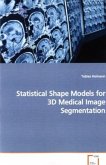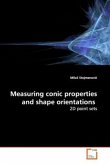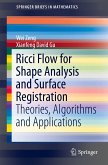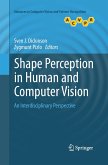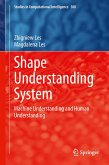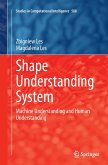Over the last few years, the rapid advancement of 3D
scanning technologies has brought huge amount of
high-fidelity surface models and volumetric data
sets. To effectively model, analyze and reuse these
models become research thrusts in computer graphics,
CAGD, vision, visualization, and virtual reality.
This book covers a fundamental problem called shape
mapping, i.e. computing bijective correspondence
between shapes, which can facilitate many of
aforementioned tasks. One direct application of
mapping is non-rigid alignment for shape
comparison/retrieval or deformation tracking. Another
application is transforming properties, computation,
or analysis of one object to another object (domain)
for more efficient or robust process. Despite its
importance, existing parameterization methods are not
adequate to map general shapes with complicated
topology and geometry. Recent research from the
author of finding effective mapping methods for 2D
and 3D manifolds is discussed here. It not only
provides fundamental progress in understanding and
computing this fundamental geometric problem, but
also explores great potential of this research in
broad areas of geometric and visual computing.
scanning technologies has brought huge amount of
high-fidelity surface models and volumetric data
sets. To effectively model, analyze and reuse these
models become research thrusts in computer graphics,
CAGD, vision, visualization, and virtual reality.
This book covers a fundamental problem called shape
mapping, i.e. computing bijective correspondence
between shapes, which can facilitate many of
aforementioned tasks. One direct application of
mapping is non-rigid alignment for shape
comparison/retrieval or deformation tracking. Another
application is transforming properties, computation,
or analysis of one object to another object (domain)
for more efficient or robust process. Despite its
importance, existing parameterization methods are not
adequate to map general shapes with complicated
topology and geometry. Recent research from the
author of finding effective mapping methods for 2D
and 3D manifolds is discussed here. It not only
provides fundamental progress in understanding and
computing this fundamental geometric problem, but
also explores great potential of this research in
broad areas of geometric and visual computing.


